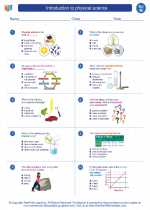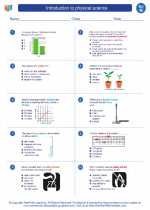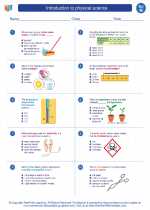Tropical Cyclones
A tropical cyclone is a rapidly rotating storm system characterized by a low-pressure center, a closed low-level atmospheric circulation, strong winds, and a spiral arrangement of thunderstorms that produce heavy rain and potentially destructive storm surges. These storms are known as hurricanes in the Atlantic and eastern Pacific, typhoons in the western Pacific, and cyclones in the Indian Ocean and South Pacific.
Formation of Tropical Cyclones
Tropical cyclones typically form over warm ocean waters near the equator. They require sea surface temperatures of at least 26.5°C (80°F) to form and intensify. The warm, moist air over the ocean rises and creates an area of low pressure beneath it. As the air rises, it cools and condenses, forming thunderstorms. The Earth's rotation causes the system to spin, eventually forming the characteristic spiral shape of a tropical cyclone.
Structure and Characteristics
Tropical cyclones are characterized by a well-defined eye at the center, surrounded by bands of intense thunderstorms. The eye is a region of relatively calm weather and clear skies. However, the eyewall surrounding the eye contains the strongest winds and heaviest rainfall. The entire storm system can extend for hundreds of kilometers and cause widespread destruction when it makes landfall.
Impacts and Safety Precautions
Tropical cyclones can cause devastating impacts, including strong winds, heavy rainfall, storm surges, and flooding. It's crucial for people living in areas prone to tropical cyclones to be prepared and take safety precautions. This includes having an emergency kit, securing property, and following evacuation orders from authorities.
Study Guide
- Explain the conditions required for the formation of tropical cyclones.
- Describe the structure of a tropical cyclone, including the characteristics of the eye and eyewall.
- Discuss the potential impacts of tropical cyclones and the safety precautions that should be taken.
- Compare and contrast the names used for tropical cyclones in different regions (hurricanes, typhoons, cyclones).
- Research a specific tropical cyclone that has made landfall and describe its impacts on the affected region.
By studying and understanding the dynamics of tropical cyclones, we can better prepare for and mitigate the impacts of these powerful storms.
.




